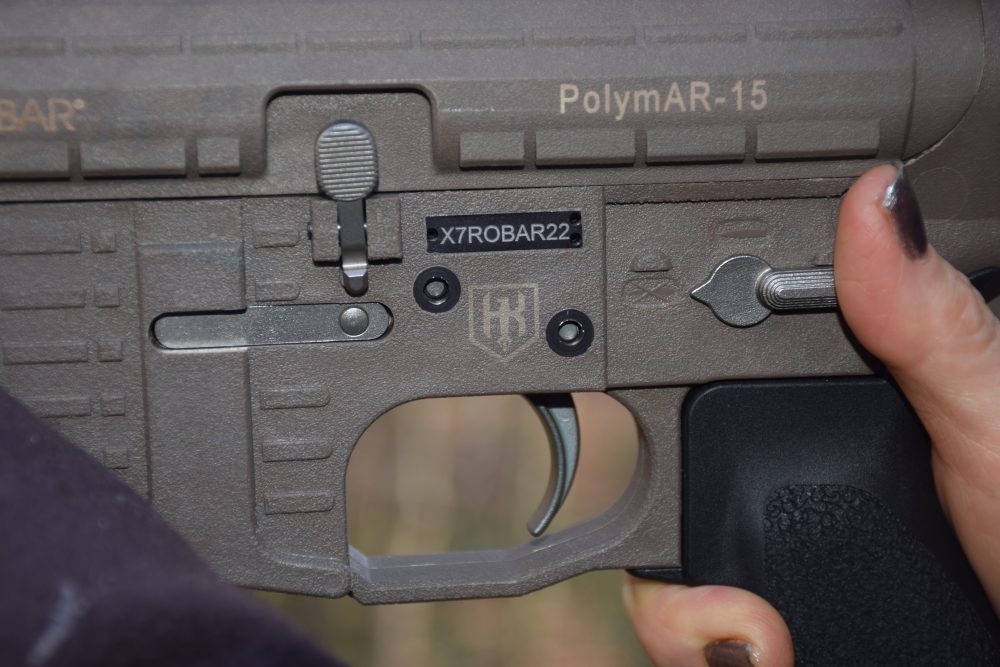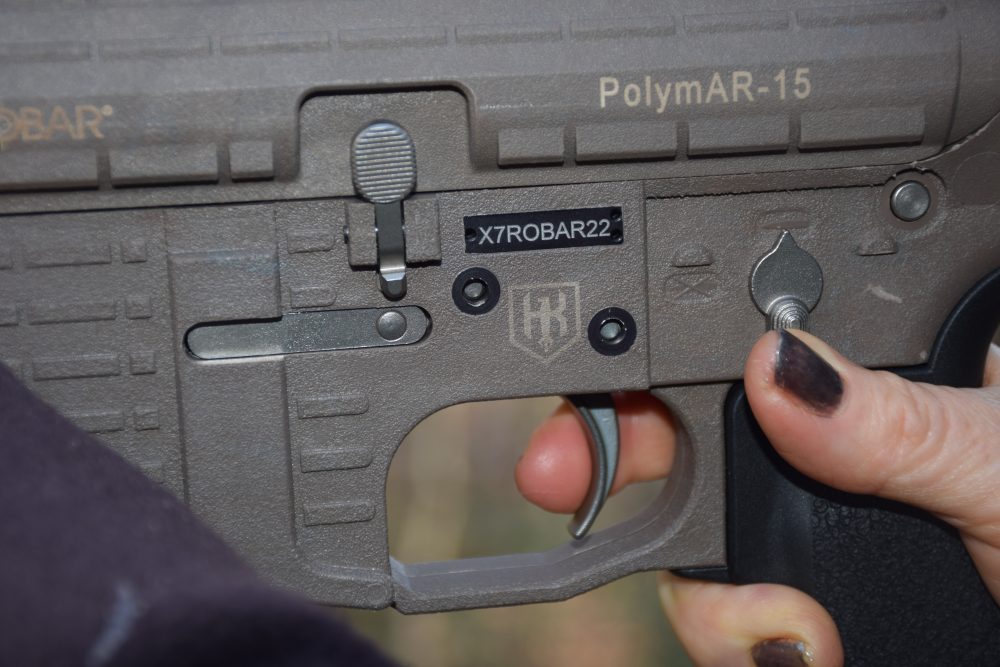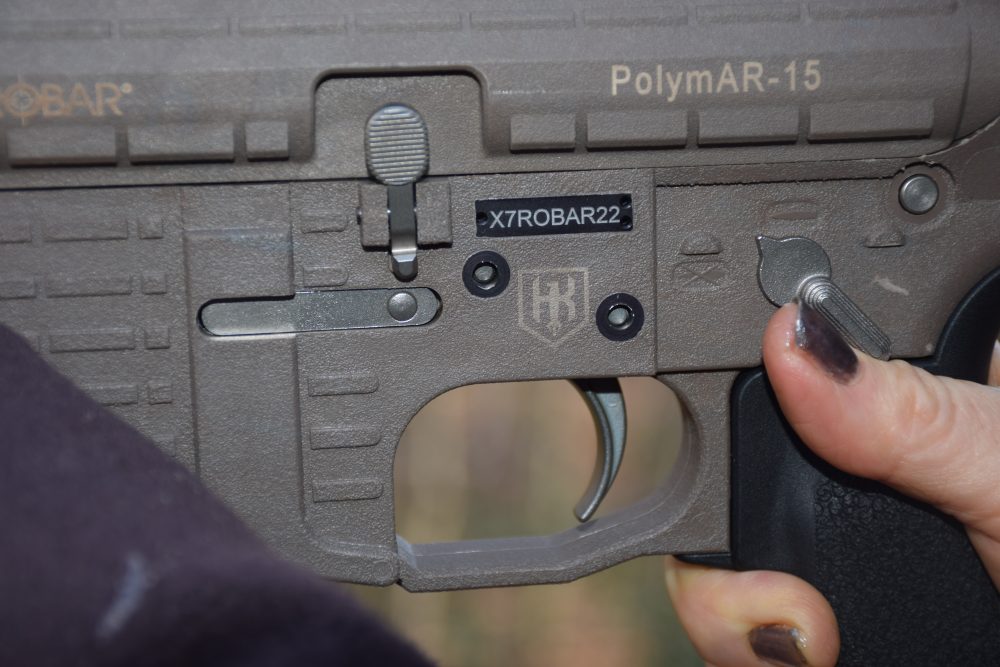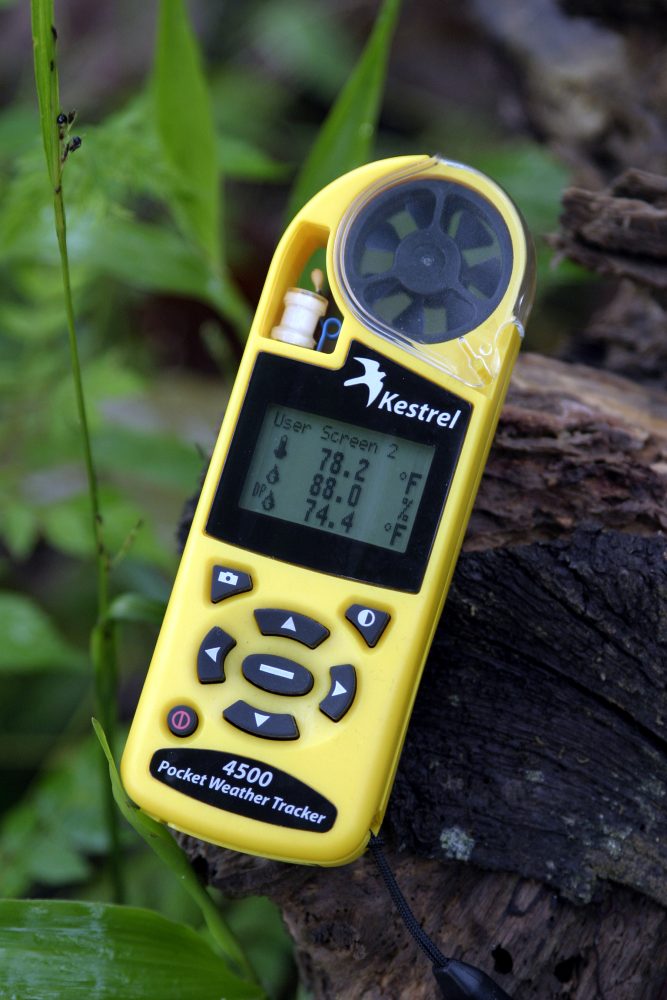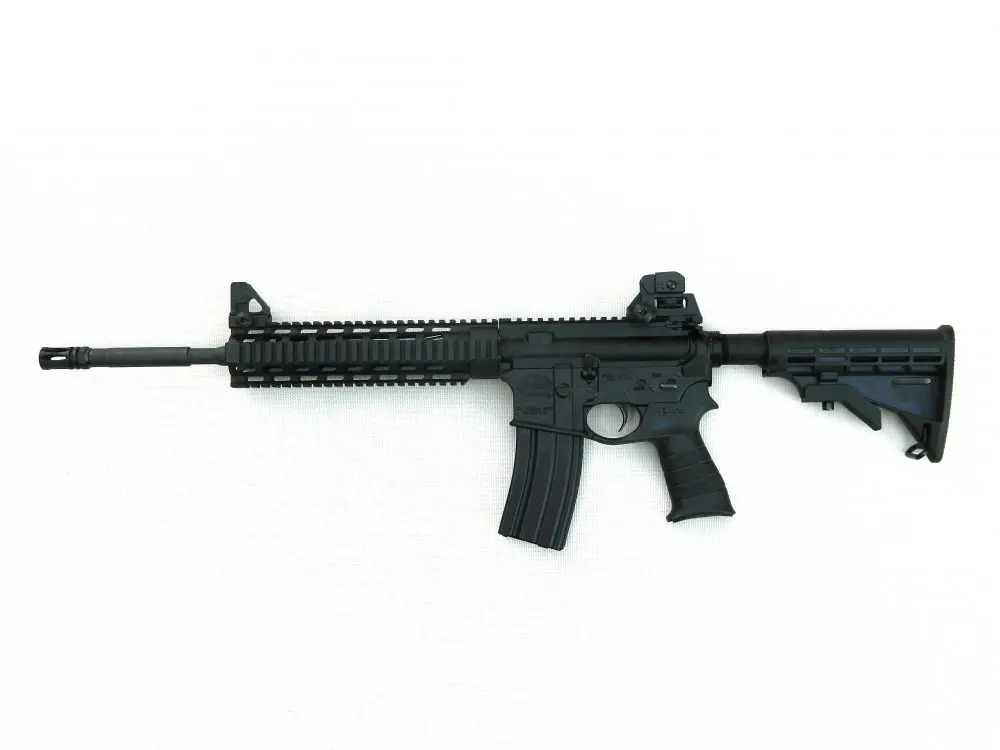Eric Bana’s line, “This is my safety, sir” in Black Hawk Down has become almost legendary in the shooting community. It has also become a thorn in the side of that community. Safety is required in every aspect of our lives. Cooking, bathing, crossing the street, playing sports, jumping from aircraft, and blowing bubbles in a deep blue sea all have safety rules that need to be adhered to.

Do you know why these rules have come about? It is because a knucklehead did something that was so far away from what should be common sense that they hurt themselves or others. As one sage put it, “Common sense is so uncommon that it should be considered a superpower.”
One of the more dangerous things we engage in, voluntarily or not, is interacting with motor vehicles. Roughly 33,000 people die in automobile crashes in the U.S. every year. While these are called “accidents,” they are almost 100% caused by someone’s negligence, including excessive speed for conditions, texting or talking on a cell phone, sneezing, distracted by external stimuli, sex (alone or with another) or the big one: overestimating your ability to function.
In the United States, teenagers drive less than all but the oldest people, but their numbers of crashes and crash deaths are disproportionately high. In the United States, the fatal crash rate per mile driven for 16 to 19 year-olds is nearly three times the rate for drivers ages 20 and over. Risk is highest at ages 16 to 17.
Safety protocols are in place. They must attend Drivers’ Ed courses in high school. Laws require seat belts to be worn. Laws—and signs—post the speed limit. Caution signs indicate a dangerous curve ahead. Yet teenagers maim and kill themselves—and others—with disturbing regularity.
This is not new and not restricted to teenagers, motor vehicle operators or shooters, but exists in almost every aspect of life. Here is a truth. Stupid people are too stupid to know they are stupid.
“Science recognizes this as the Dunning-Kruger effect. This is a cognitive bias wherein unskilled individuals suffer from illusory superiority, mistakenly rating their ability much higher than is accurate. This bias is attributed to a metacognitive inability of the unskilled to recognize their ineptitude. Conversely, highly skilled individuals tend to underestimate their relative competence, erroneously assuming that tasks which are easy for them are also easy for others.”—Wikipedia
Table of Contents
LET’S TALK GUNS
How does this relate to the use of firearms? People do not slide out of the birth canal knowing the proper use of firearms. It has to be learned. Unfortunately, a fair number of people believe that mere possession of a firearm carries with it the knowledge necessary to use those weapons safely, properly and efficiently. If you doubt this, look at the plethora of videos posted on any social media site.
The appalling lack of judgment and ignorance of the basic safety rules seem to be common threads. Safety protocols have to be in place to minimize issues. While some find reasons to argue the point, there are four cardinal safety rules.
1. All guns are always loaded. (Yup. A lot of people have been shot with unloaded guns.)
2. Don’t let the muzzle cover anything you are not willing to destroy. (This includes your own body parts.)
3. Finger straight and outside the trigger guard until your sights are on target and you are ready to shoot.
4. Be sure of your target. Consider the background.
These four rules will suffice for general use. But safety protocols related to specific weapons and the use of these weapons by the user communities also exist. For example, in the action shooting sports, at the end of each string of fire, the shooter must unload and show clear to a Range Officer before holstering.
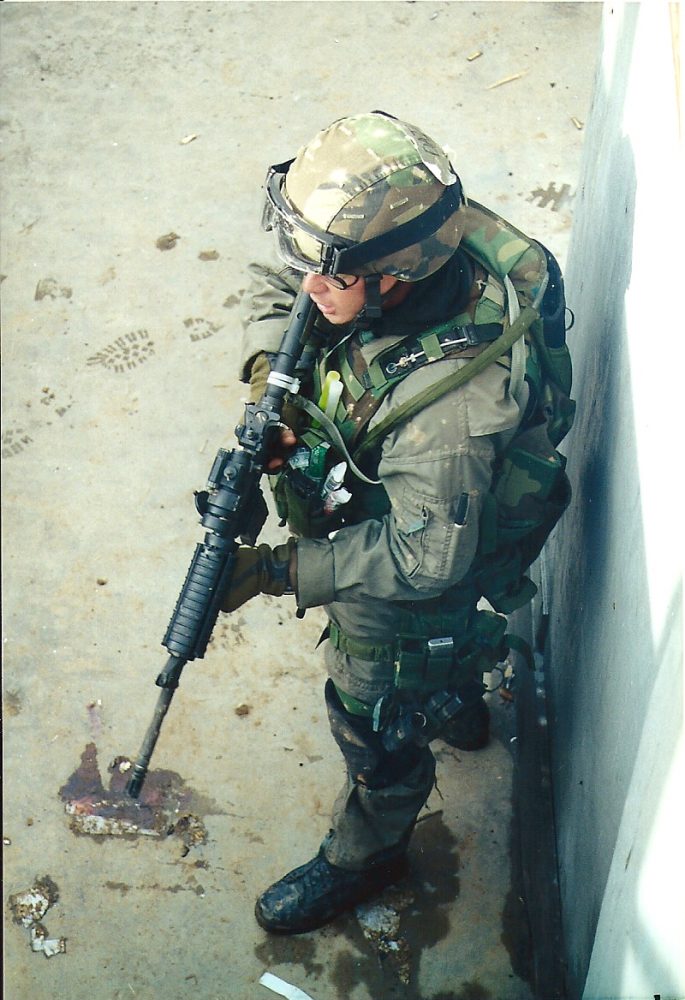
That is their rule, instituted to prevent people not shooting a stage having a loaded firearm in their possession. And in this environment, it is proper. But for those who use weapons in the defense of their life or the life of a third person, unloading and holstering after a training drill or real-world engagement is contraindicated. In fact, automatically holstering/slinging an unloaded weapon in this case is stupidity beyond belief.
Issues with safety are community wide. Military, cops, CCW folks, competitive shooters, collectors, engineers, shop workers all suffer from the same issues. They ignore the safety rules or pay only lip service to them.
MECHANICAL SAFETY
Enter the mechanical safety. It is a device, usually mounted on the frame, lower receiver or trigger guard, that physically prevents the hammer from falling. So why the big issue with a mechanical safety on long guns? We don’t have them on Glocks and most M&Ps, right? And we sure didn’t have them on six shooters, and we seem to have done OK with them, right? Indeed, but we’re talking apples and oranges here.
The pistol resides in a holster—one which (hopefully) covers the trigger guard. And if the handgun is in use, it will be in your hand and all four safety rules apply. The trigger is generally protected while in the holster and it would be almost impossible for you to fire the pistol while in the holster. But—and a big but here—assuming you are not so stupid as to have your finger on the trigger when holstering, it is possible for you to insert an article of clothing (shirt, drawstring on a jacket, etc) that will engage the trigger.
And as you push the pistol into the holster, you may well hear the report of the pistol discharging, followed by colorful language. Others may decide to adjust the location of the holstered pistol and manage to function the trigger. This is especially true if you use one of those cheap soft nylon bags that so many use. The trigger will not be protected as well as with a proper holster.
And then there’s the so-called “Mexican Carry” crew, who feel it is proper to shove the blaster into their pants. Several years ago, a man waited in the parking lot of a store. He had his children with him, and at some point decided to adjust his pistol. He managed to fire a shot into his femoral artery, which caused rapid exsanguination—in front of his family.
During Desert Shield and Desert Storm, I was on active duty and trying to get large numbers of Marines from non-deployable units ready to backfill the predicted 50,000 casualties that were expected. All these folks were issued 1911s and we had a lot of ammo but only a single 12-hour day to get them functional.
One Marine was a Team Shooter—and in this case, also an Olympic Shooter—and came over from another range to see how we were conducting training. She was confused as to why we used the mechanical safety, as she never did. In her world—competitive shooting—there were no holsters and no reloading as we know it. In her little bubble, she was correct. But it is incorrect in my world.
Manipulation of the AR family of weapons is simple. There is no viable reason for you not to have the mechanical safety on if you are not firing. The selector on this Robar PolymAR-15 is on safe. Shooter’s right thumb is pointing at the sky.
LONG GUNS
Let’s consider long guns, be they rifles, carbines, sub-caliber machine guns or shotguns. The long gun in modern weapons always has a mechanical safety. The reason should be obvious, but is apparently not.
Like a pistol, the long gun (I’m talking about the carbine) will be carried much more than it will be shot. That carriage is normally accomplished with a sling, which may be a parade sling (carry strap) or a tactical sling. But unlike the pistol, there is no way to protect the trigger of the long gun as it is being carried. And no matter how careful you think you are, at some point something—a strap, buckle, flex cuff, the corner of a stowed magazine—will work its way into the trigger guard and function the trigger.
I have seen this on multiple occasions. In one incident a shooter was bending over to retrieve a magazine. As he stood up, something on his body negatively interfaced with the trigger and put a 5.56mm round between his feet. No harm that time and a very strong lesson learned. But there are different endstates.
Several years ago in a large city, an emotionally disturbed man armed with a gun took his wife and children hostage. Responding cops notified SWAT, and they relieved the patrol cops on the perimeter. One, a retired Marine, slung his shotgun. The mechanical safety was off, the gun discharged, the hostage taker thought it was SWAT making entry and shot his family and then himself. An unintended consequence, but the result of this negligence was that people died unnecessarily.
Moving the thumb down puts the safety off. You can do this as you bring the weapon up. The finger can make contact if you are on target and ready to fire.
SAFETY OFF
One training outfit teaches running the gun “hot.” His definition of “hot” is never engaging the mechanical safety. I get a fair number of his students in my classes and have to reprogram them. To their credit, once they understand why, they get on track PDQ.
But a number of individuals—and sadly, agencies—advocate the safety off at all times. This stupidity started in the 1980s when MP5 SMGs were introduced. The selector switch was apparently designed using an orangutan as a model shooter, making it nearly impossible for humans to reach the selector with their thumb while maintaining a firing grip. Faced with a dilemma, the user group made a compromise between safety and the ability to function by sacrificing safety. HK eventually reacted with the introduction of the Navy trigger group, but the damage was done.
The M16 family of weapons is a more user-friendly system—even for wrong handers. Unfortunately, the old “This is the way we have always done it” crowd merges with the “Everyone knows” crowd and command-induced stupidity is still with us. And I cannot understand why. Common sense is that the weapon (and that is exactly what it is, a weapon) is ready for when you need to use it. It must also be properly carried to avoid having it be an issue prior to your need or a danger to other than the intended threat.
The concept of the mechanical safety is pretty simple. It is off until you are on target and ready to shoot. It stays off until you have ensured all is good in your little corner of the grid square. Manipulation of the safety on an AR is, or should be, a no brainer. But it does need to be learned, and that learning comes from a strong background in weapons manipulation.
Fortunately, training objectives in weapons manipulation can be accomplished off the range. The more we correctly handle the weapon, the sooner we acquire habitual association with the weapon. The state we strive for is unconscious competence—being able to function properly without thought.
Weapon is put on safe by placing thumb under the selector and pushing up. What is so difficult about this that you want to ignore it and risk injury or death?
IMPROPER MANIPULATION
I see generally less experienced/competent people manipulate the mechanical safety improperly. They use it in a vain attempt to acquire, in their mind, an advantage. During graded exercises they may feel, because of their unfamiliarity with the system, that they might gain a time benefit. Instead they get a DQ.
The big issues come into play for me when training is conducted off the square range—in vehicle courses, field exercises or shoot house classes. People are way out of their comfort zone. They are overloaded with inputs and lose their ability to function properly. In my experience, failure to manipulate the safety is a clue that other failures are inbound. These folks will move through the house with their safety off or continually flick it on and off in a staccato rhythm.
In any event, it is wrong. There are too many objects both on their body and within the house that can enter the trigger guard and fire the weapon. Or worse, when the shooter improperly has their finger on the trigger. No one can afford an ND, and when a shooter exhibits these signs, I sever them from the class. Period.
Safety starts with the mind. There is absolutely no doubt about it. The finger—the part of the body that touches the trigger—is the application. Without the finger touching the trigger, the weapon will not fire. Unless something else does.
Do you want to take that chance?
Pat Rogers is a retired Chief Warrant Officer of Marines and a retired NYPD Sergeant. He is the owner of E.A.G. Inc., which provides services to governmental organizations and private citizens. He can be reached at [email protected].
